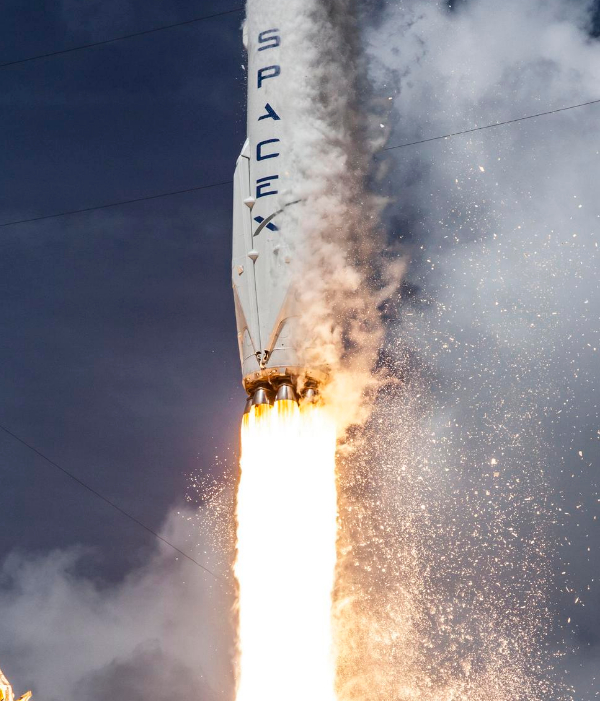Big slip in SpaceX quest
 SpaceX has successfully launched a new climate change satellite into space, but has seen another of its Falcon 9 rockets explode during a failed landing attempt.
SpaceX has successfully launched a new climate change satellite into space, but has seen another of its Falcon 9 rockets explode during a failed landing attempt.
The rocket took off through thick fog from Vandenberg Air Force Base in California over the weekend, ferrying a $180-million climate-monitoring satellite dubbed ‘Jason-3’ into orbit.
After sending Jason-3 into orbit, the rocket jettisoned its first stage before turning around to line up for touch down on a floating drone ship in the Pacific Ocean.
“First stage on target at droneship but looks like hard landing; broke landing leg,” the company said on Twitter.
SpaceX said its live video link of the floating barge went down just as the rocket was landing, so it was not able to capture images at the time.
It is the fourth failure by SpaceX to land its Falcon 9 rocket, which is designed to be reusable in an effort to make space flight cheaper and more sustainable.
Currently, advanced rocket parts are dumped into the ocean after being used just once, which wastes hundreds of millions of dollars.
The recent failure came just weeks after SpaceX successfully landed a Falcon 9 in an upright position at Cape Canaveral, which was hailed as a giant leap forward for reusable space vehicles.
But SpaceX does not have proper clearance to land rockets at Vandenberg, where the latest mission was launched from, so the company opted to land on a barge in the Pacific Ocean.
While a suitable spot on dry land could have been found, the company says it needs to perfect landing in all conditions – including on a small barge in a tumultuous ocean.
If it can get this right, it will be able to recover rockets tasked with launching heavy satellites and other more intense mission, which often will not have enough fuel left to pick the perfect place to land.
The Jason-3 satellite is part of a series of ocean-monitoring satellites, which will create a new level of monitoring capability to look at Earth's climate.
Well, at least the pieces were bigger this time! Won't be last RUD, but am optimistic about upcoming ship landing. pic.twitter.com/w007TccANJ
— Elon Musk (@elonmusk) January 17, 2016







 Print
Print